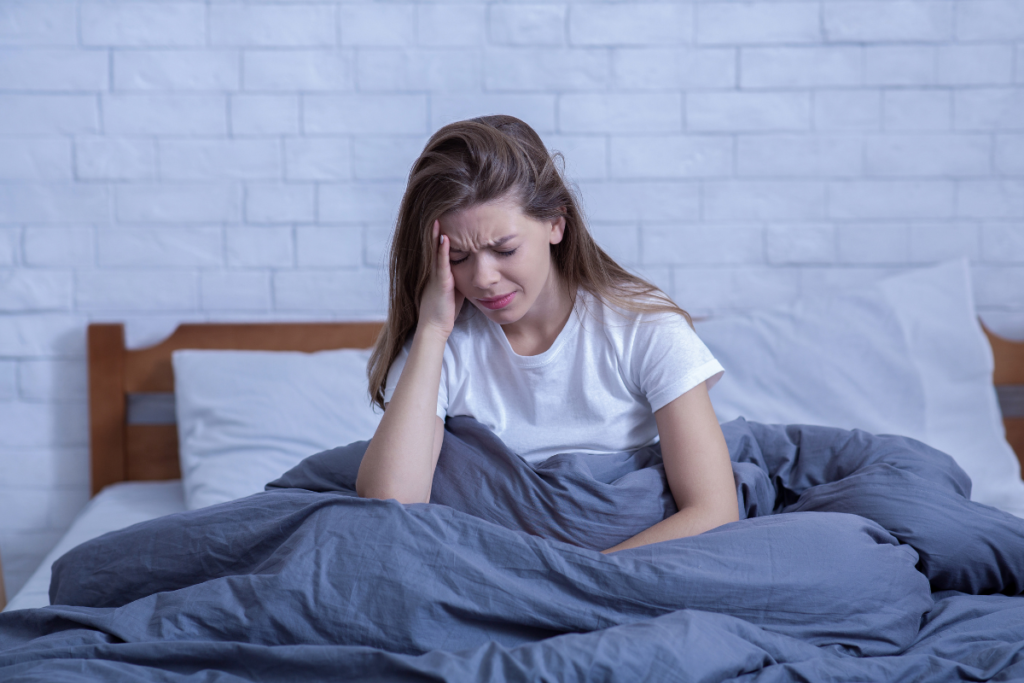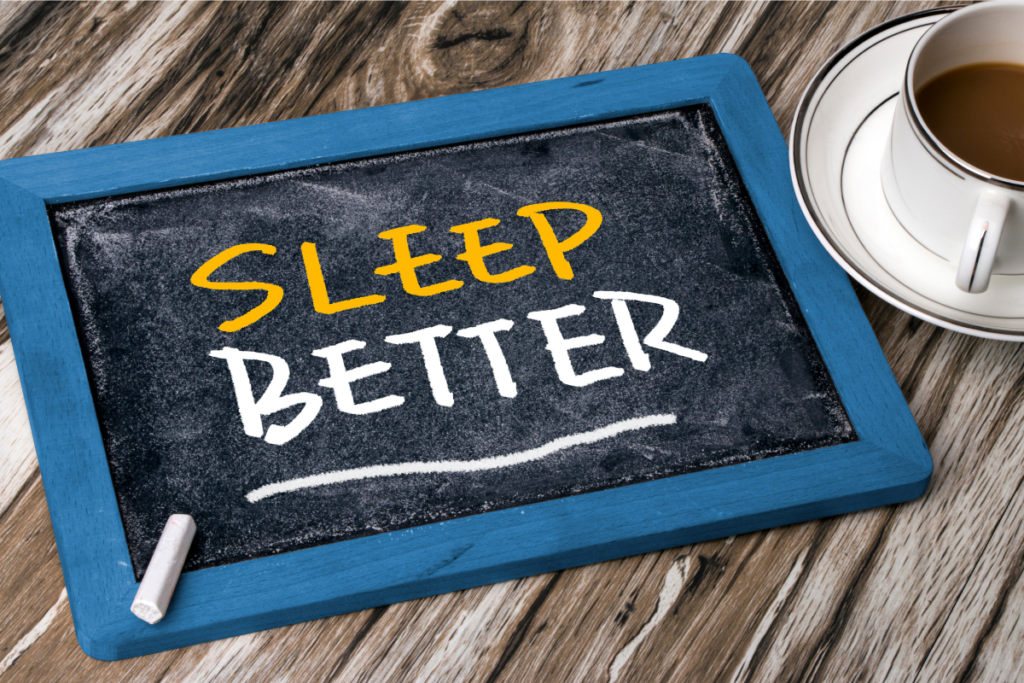
For individuals living with chronic pain, achieving relief often requires more than just addressing physical symptoms. Sleep plays a vital yet often overlooked role in pain management, serving as a cornerstone for reducing inflammation, enhancing healing, and improving overall well-being. However, the relationship between sleep and pain is bi-directional: chronic pain disrupts sleep, while poor sleep amplifies pain sensitivity. Understanding this connection and prioritizing sleep enhancement can transform pain management strategies, offering lasting relief and improved quality of life.
The Connection Between Sleep and Chronic Pain

Physiological Impact of Poor Sleep
When sleep is disrupted, the body’s natural processes for healing and pain regulation are compromised. Sleep deprivation increases levels of inflammatory markers such as cytokines, contributing to heightened pain sensitivity. Additionally, lack of sleep affects the brain’s ability to modulate pain, making discomfort feel more intense and persistent.
Role of Sleep in Healing
Deep sleep stages, particularly slow-wave sleep, are critical for cellular repair and recovery. During these stages, the body restores energy, repairs tissues, and regulates hormones like cortisol, which play a role in inflammation and stress management.
Evidence-Based Findings
Research consistently shows a strong link between improved sleep and reduced pain perception. For example, a study highlighted that patients with chronic pain experienced significant relief after implementing sleep enhancement strategies. These findings underscore the importance of prioritizing sleep as part of a holistic pain management plan.
For further insights, read How Sleep Affects Chronic Pain.
Common Sleep Challenges in Chronic Pain Sufferers

Pain-Related Sleep Disruption
Chronic discomfort often prevents patients from falling or staying asleep. Tossing and turning due to pain creates a vicious cycle of poor sleep and worsening symptoms.
Sleep Disorders
Conditions like insomnia, sleep apnea, or restless leg syndrome are prevalent among those with chronic pain, compounding their challenges. These disorders require targeted interventions to restore restful sleep.
Stress and Anxiety
Mental health factors such as stress, anxiety, or depression exacerbate sleep disturbances. The mind-body connection means that unresolved emotional stress can significantly impact sleep quality and, consequently, pain levels.
Techniques for Enhancing Sleep in Chronic Pain Management

Establishing a Sleep Routine
Consistency is key. Encourage patients to go to bed and wake up at the same time daily, even on weekends. A predictable schedule helps regulate the body’s internal clock and promotes better sleep.
Creating a Sleep-Conducive Environment
Optimize the bedroom for sleep by:
- Keeping the room cool, dark, and quiet.
- Investing in supportive bedding and pillows.
- Removing electronic devices to minimize distractions.
Relaxation Techniques
Introduce pre-bedtime practices like:
- Deep Breathing: Activates the parasympathetic nervous system for relaxation.
- Progressive Muscle Relaxation: Relieves tension by systematically relaxing each muscle group.
- Guided Imagery: Focuses the mind on calming, peaceful visuals to ease stress and promote sleep.
Natural Sleep Aids
Herbal remedies, such as chamomile tea, valerian root, or lavender, can gently support sleep. Supplements like melatonin or magnesium may also be beneficial for regulating sleep patterns.
For more holistic tips, explore Holistic Solutions for Better Sleep.
Lifestyle Adjustments to Support Restful Sleep

Physical Activity
Regular moderate exercise, such as yoga, tai chi, or walking, promotes better sleep by releasing endorphins and reducing pain. However, avoid vigorous activity close to bedtime, as it may interfere with falling asleep.
Dietary Considerations
A nutrient-rich diet supports sleep quality. Incorporate:
- Tryptophan-Rich Foods: Turkey, bananas, and nuts.
- Magnesium: Found in leafy greens and seeds.
- Omega-3 Fatty Acids: In fatty fish and flaxseeds.
Limiting Sleep Disruptors
Advise patients to avoid caffeine, alcohol, and heavy meals close to bedtime. Screen time should also be minimized, as blue light can interfere with the production of melatonin.
Integrating Sleep Enhancement in Holistic Pain Management

Sleep optimization is an essential component of The Hache Protocol™, aligning with its holistic approach to resolving chronic pain.
Tools for Practitioners
Practitioners can guide patients by providing personalized sleep strategies, from relaxation techniques to dietary recommendations. Utilizing tools like sleep journals or mobile apps can help patients track and improve their sleep habits.
Case Studies
Patients who have incorporated sleep enhancement practices often report significant reductions in pain, better emotional regulation, and improved energy levels. These success stories highlight the transformative potential of addressing sleep challenges.
Benefits of Sleep Enhancement for Chronic Pain

Reduced Inflammation
Improved sleep helps lower systemic inflammation, reducing a key contributor to chronic pain.
Better Emotional Regulation
Quality sleep enhances mood and reduces symptoms of anxiety and depression, creating a positive feedback loop for pain relief.
Enhanced Healing and Recovery
By supporting cellular repair and immune function, sleep accelerates recovery and improves the body’s resilience to stress and pain.
Conclusion
Sleep is more than just rest; it’s a vital process that supports healing, reduces pain, and enhances overall well-being. For individuals managing chronic pain, improving sleep quality can be a game-changer, breaking the cycle of discomfort and poor sleep.
By adopting sleep enhancement techniques as part of a holistic pain management strategy, patients can experience profound improvements in both their physical and emotional health. Prioritize sleep, and take the first step toward a pain-free, rejuvenated life.

